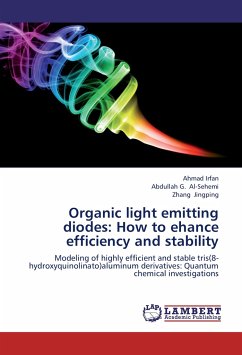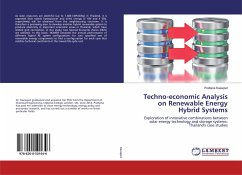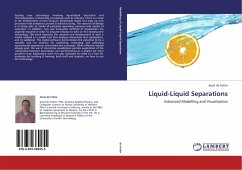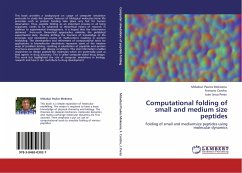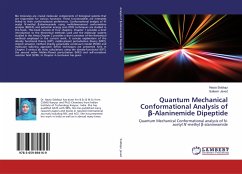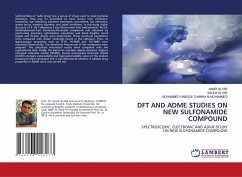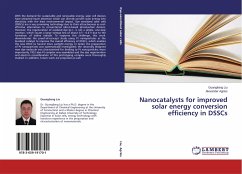
Nanocatalysts for improved solar energy conversion efficiency in DSSCs
Versandkostenfrei!
Versandfertig in 6-10 Tagen
47,99 €
inkl. MwSt.

PAYBACK Punkte
24 °P sammeln!
With the demand for sustainable and renewable energy, solar cell devices have attracted much attention which can directly convert solar energy into electricity with the least environmental impact. Dye sensitized solar cells (DSSCs) are a very promising technology due to their attractiveness as cost-effective alternatives to conventional silicon-based photovoltaic devices. However, the regeneration of oxidized dye by I- is not a simple, one-step reaction, which causes a large voltage loss of about 0.5 - 0.6 V due to the formation of iodine radicals. To response this challenge, this work demonst...
With the demand for sustainable and renewable energy, solar cell devices have attracted much attention which can directly convert solar energy into electricity with the least environmental impact. Dye sensitized solar cells (DSSCs) are a very promising technology due to their attractiveness as cost-effective alternatives to conventional silicon-based photovoltaic devices. However, the regeneration of oxidized dye by I- is not a simple, one-step reaction, which causes a large voltage loss of about 0.5 - 0.6 V due to the formation of iodine radicals. To response this challenge, this work demonstrates the proof-of-concept study using Pt nanoparticles as the localized catalyst to improve the overall efficiency of DSSCs, which enables the new DSSC to harvest more sunlight energy. In detail, the preparation of Pt nanoparticles was systematically investigated; the rationally designed new dye molecule was characterized for binding to Pt nanoparticles; more importantly, TiO2-dye-Pt complex was assembled and the dye regeneration and electron recombination of this prototyping complex were thoroughly studied. In addition, future work are proposed as well.



